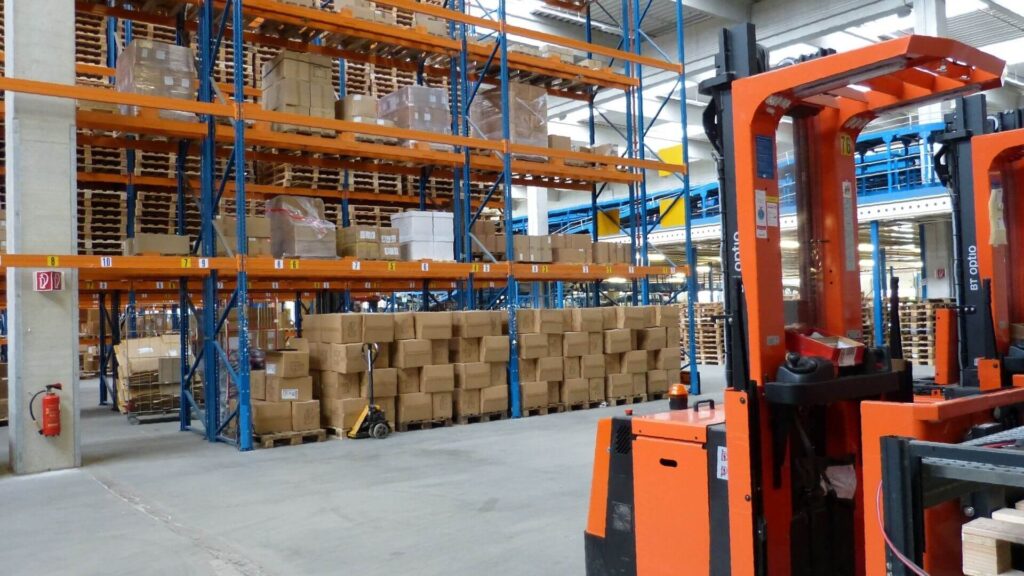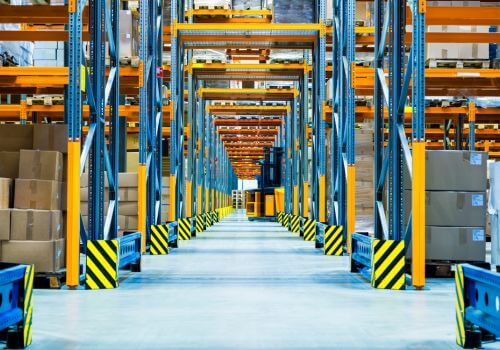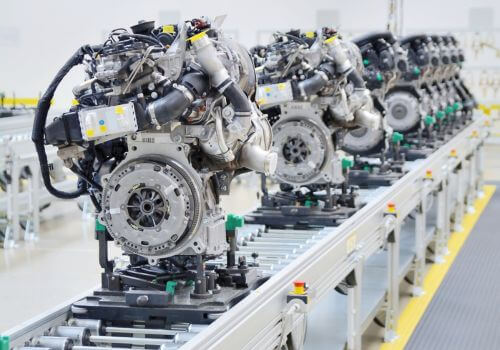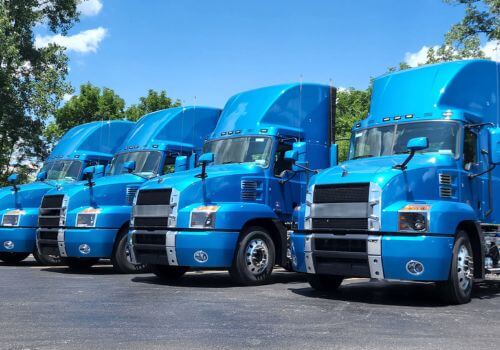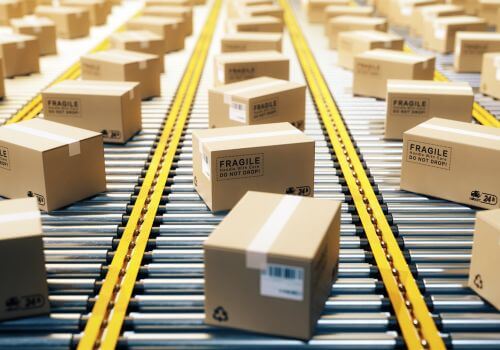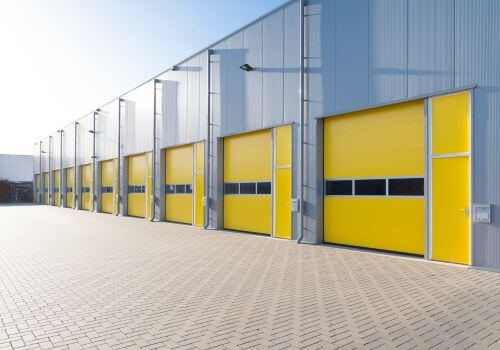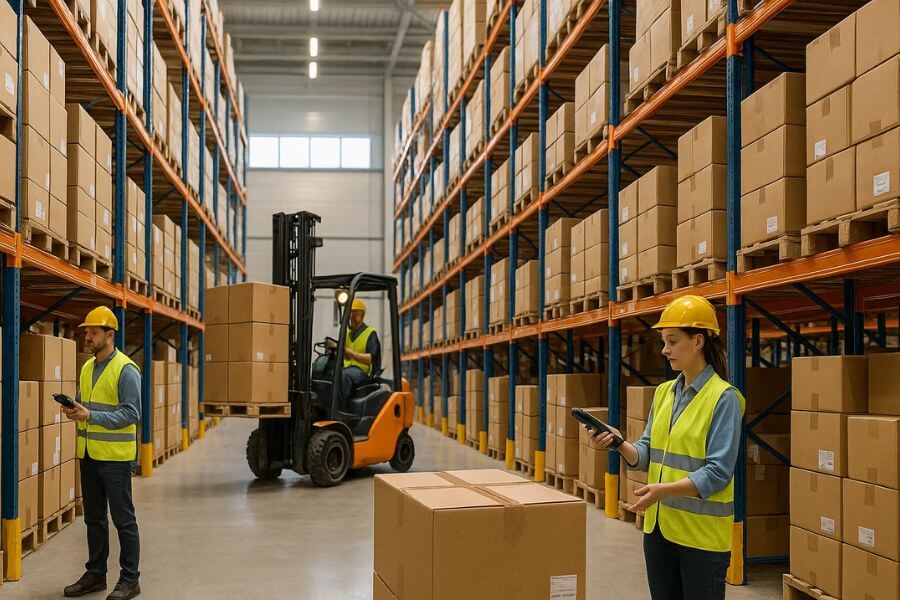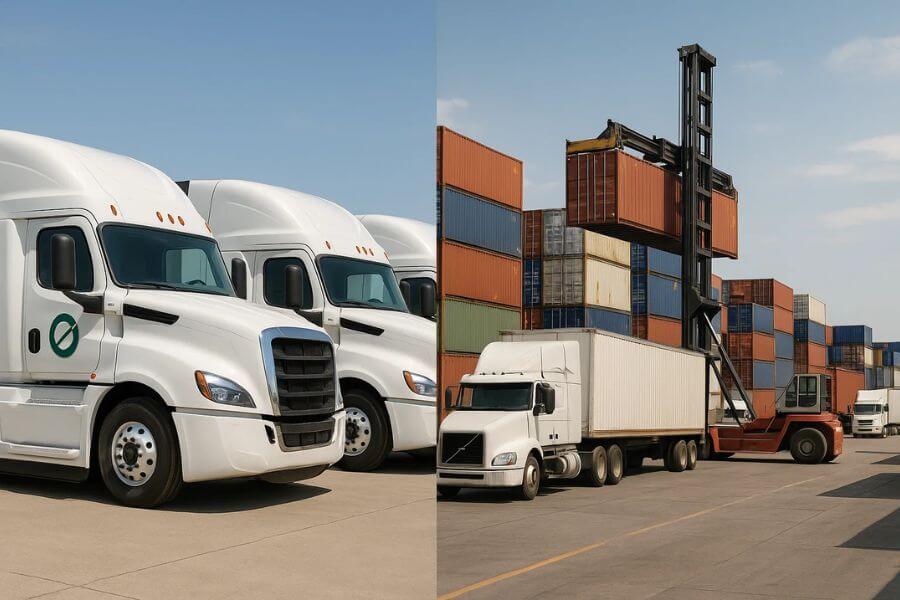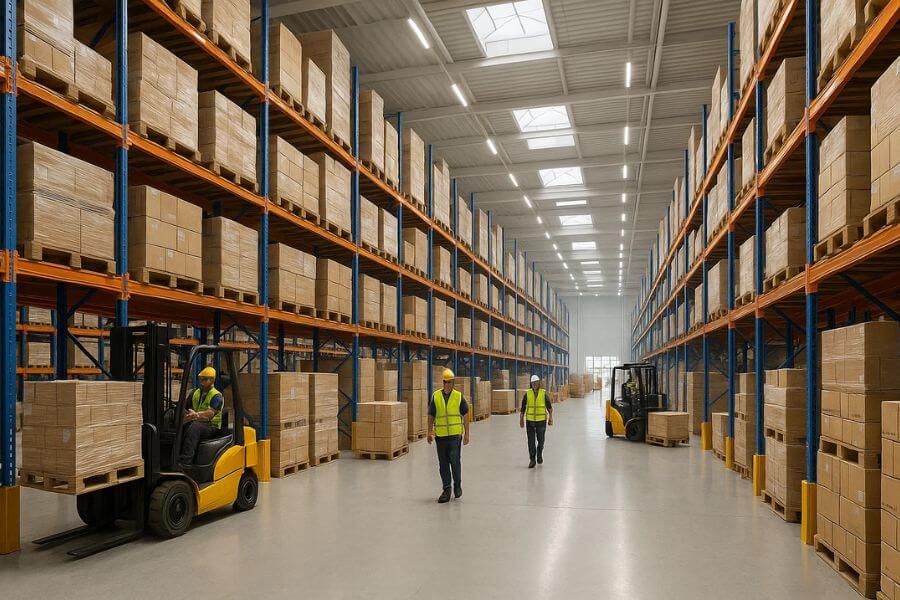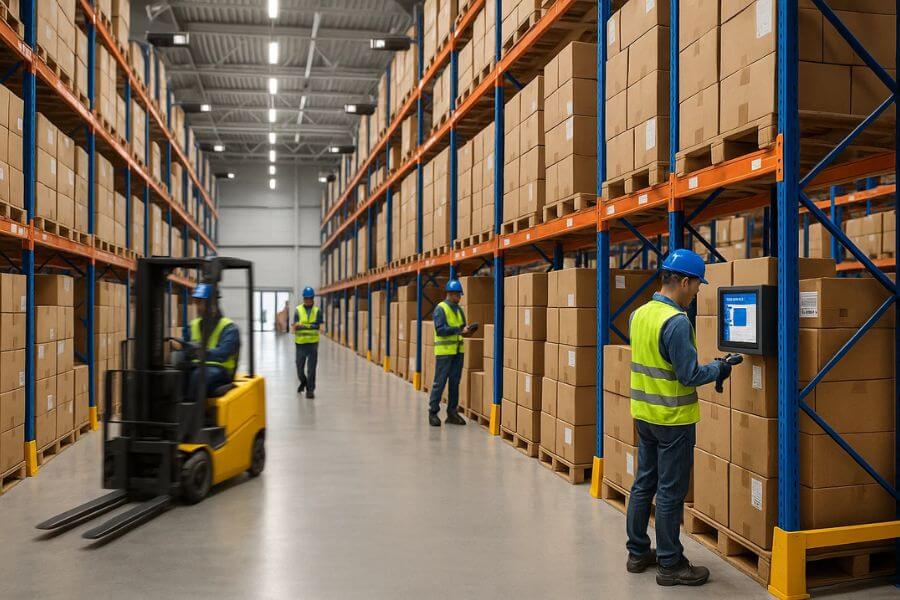The constant demand to reduce the turnaround time for new products that come with a higher number of parts, variations, and components puts an extra burden on the manufacturers who produce them. The capacity to make high-quality items at an affordable price is the key to success in the manufacturing business today.
Perhaps the most significant unforeseen consequence of the trend toward manufacturing more items with shorter product life cycles is the need for bigger space at the input jack to store an increasing number of components. As a result of this knowledge and the shift in the amount of space required to store these parts and components, the practice of kitting has emerged and grown in popularity within the current production environment.
What is Kitting?
Kitting is the process of combining many distinct items to produce a new identifiable stock-keeping unit (SKU) in a company’s inventory that contains multiple commodities but is delivered as a single product. By pre-packaging various elements into bundles, you can send them together faster and cheaper than packing each item separately, which is not only time-consuming but also more expensive to ship to its destination.
Generally speaking, an item is found in the warehouse management system using the SKU code while completing an order for a specific product. Kitting allows you to combine things that are often ordered together into a single unit that is stored in your fulfillment center. The benefit of kitting is that you can quickly and easily identify these separate items as a bundle and avoid having to assemble them individually once an order is placed. It contributes to the reduction of complexity and components on the line side, as well as equipment expenses, while improving efficiency and reducing “search time”.
The procedure begins with the selection of several parts that are joined throughout the production process and then packed as a single module. After receiving these preassembled modules, the operator may assemble them or transmit them as a single unit. A kitting Lead supervises a team of selectors, packers, and carriers who are responsible for kitting in a storage facility. They are accountable for monitoring, organizing, executing, and preparing all kits for delivery throughout daily warehousing operations.
Step-By-Step Guide to Kitting
1. Create the blueprint for the kit
Here, you’ll specify the products that may be included in your package. Configure this in your stock and order management solutions depending on the current SKUs to inform pickers what to choose. You may need to make many versions of comparable goods, for example, to indicate various measurements or shades of clothing.
2. Create a packaging strategy
Decide on the boxes and infill materials you’ll use for your kits. Consider branding options such as personalized tape or paper. Communicate this with your crew members or third-party logistics provider (3PL provider). Many of them may integrate this information into their own order management platforms, ensuring that pickers are constantly aware of the product’s requirements when they get a kit order.
3. Assign a unique SKU
You need to do this with each kit choice in your inventory management system. This enables you to keep a more accurate track of inventory use and kit sales. You may keep a closer eye on production levels and determine which kits provide the most revenue.
4. Collect the necessary supplies
Assess that you have everything you need to construct each kit in the same storage facility. These kitting procedures comprise both goods and packaging supplies, inserts, and any other items you want to add.
5. Start deploying your kits & marketing activities
Fill your order management software and sales channels with kit choices so buyers can start browsing for your kits! However, ensure that orders and fulfillment are tested initially with a few in-house sales to confirm that everything works properly.
Advantages of Kitting
While kitting has not been considered a viable option for every company or business, its popularity has increased tremendously over the last few years. Certain firms are hesitant about using a kitting solution due to the apparent increase in material handling.
Simultaneously, various changes may be made to the kitting process in order to improve it, such as custom-designed kitting containers or distribution pallets, an upgrade to the electrical support interface, and positioning the kitting sites as close to the feed line as feasible.
Kitting is an ideal solution for many firms trying to increase their productivity, product handling, flexibility, simplify assembly, and most crucially, create more space on their work floors. Here are some of the key advantages of kitting.
1. Removal of "search time"
By utilizing kitting as your primary material feeding method, you decrease the number of time handlers and operators spend looking for specific parts or components, since all components are included inside a kit. While this may seem trivial on a daily basis, the time saved quarterly or annually will rapidly pile up.
2. Improved work floor organization
By using a kitting material feeding system, the total amount of components required to be accessible to controllers and handlers on the work floor is reduced. This is not only helpful in improving warehouse organization but also the safety of your employees. By reducing the number of components and parts on the manufacturing floor, you can make more space, thereby lowering the likelihood of an accident.
3. Control enhancement
While we’ve discussed improved work floor organization and its benefits, we should also emphasize the improved control it gives you over your inventory.
Improved inventory management is essential for creating an effective workflow and avoiding quality concerns. When kitting, you never have to worry about missing critical components during assembly. Moreover, you can also avoid unanticipated downtime.
4. Space
By far the most notable benefit that many manufacturers notice in using a kitting approach is the area savings at the line side. No longer will your operators be confined and bordered by a wide variety of products and materials that are confusing to sort through. Rather, your staff will be able to get what they need the moment they need it.
The trends that we discussed earlier (diminished product life cycles, higher product complexity, and growing customer personalization) are leading to a lack of space on many modern work floors, particularly at the point of assembling. This is a difficult obstacle for any company to overcome, which is why kitting has grown rather popular in recent times.
5. Rising product sales
Product kitting is an effective method of promoting items that are not in high demand. It enables you to sell items that are on the verge of becoming obsolete, aids in inventory reduction, and increases your inventory turnover ratio. Additionally, it encourages consumers to make larger purchases, since product kitting adds value and buyers don’t want to lose out on attractive deals.
The Bottom Line
Kitting is a time- and cost-saving inventory management approach that is increasingly being adopted by businesses around the world, while still providing the greatest value for money to the end-users. By combining many goods into a single SKU, businesses can boost the sales of fading products with falling demand.
Additionally, it enables manufacturers to optimize their warehousing operations and save expenses. It is something that you will need to evaluate on a frequent basis. As your company expands, you may need to add new goods to your inventory list, and client preferences change over time and seasons.
Assessing your inventory for efficiencies – such as kitting opportunities – should be done often to benefit from these new and better approaches. At Logos Logistics, we offer innovative packing, order fulfillment, and international shipping that will help you take full control of your inventory. Due to the use of cutting-edge technology and real-time synchronization, we offer all kinds of re-working solutions including assembly, packing, repacking, kitting, product labeling, and freight forwarding.
If kitting is not a good fit for your company, consider our fulfillment or just-in-time inventory. Both solutions contribute to significant cost savings and increased inventory efficiency in your inventory management. For more details, please contact us for general inquiries or request a free quote today.

